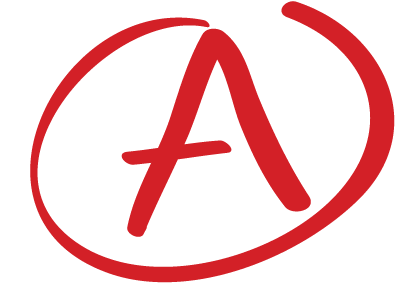There isn’t really a “best” way to learn math. Going to class helps but even then, that’s not necessarily the best way. We’re all different so the way everyone learns best will be different. But one thing everyone that learn math must do is practice exercises, lot of practice exercises. It’s boring especially when you get the answer wrong and don’t know how to fix it but it’s still very important.
First thing to practice is reading the question. This will help, surprisingly, help you learn math. During the earliest level of mathematics there is usually one or two particular question types. As you read over the questions you will notice similarities even if the wording is slightly different. For example:





Reading the questions and variations of the same question will help you understand what is being asked of you. The next step is to understand what the question is saying and asking. First what is the question saying? To understand this you need to understand all the words in the question in particular the mathematical terms. This is part of the language of mathematics, the terms and their definitions. The next step is to identify all the mathematical terms in the question being asked; write them down and their definition.
The definition can be found in at least two different places within your text book which you have with you, of course! Usually the exercises in a math textbook are at the end of a section. So go in the section and look for those terms you found in the question and write down the definition for each term. Another place you can find the term is in the index. Go to the back of the text book to the index, find the term and the index will tell you which page the term and its definition is one. Write, by hand with a pencil/pen and paper, each term in the question and its definition. Save this piece of paper, file it away under terms and definition, so that you can have access to it at the end of the term before exams. You’ll be adding to this file regularly. Here’s an example:







The next step is when you’re reading the question try and identify the following:
What information are you given; What are you trying to show, evaluate or prove. It’s usually one of these three things that you’re being asked to do. For example:

Once you have had some practice in reading a question, identifying the mathematical terms and their definitions, identifying what information the question has given you and what the question is asking you to do, you’re ready to answer the question. Many people think this is where they get stuck. Not usually.
People usually get stuck on a question earlier on. Usually when they’re just reading and trying to understand the question. What’s nice about most math textbooks is they’re usually structured the same way. A section on a particular topic, that includes definitions and worked examples. There are then exercises at the end of the section based on the material covered. This means, that whatever exercise you’re working on, there is probably an example in the section that is closely, if not exactly related to the one you’re trying to do. At this point, if you can’t figure out where to start on the exercises, go back into the section and look for all the examples and read them over. An example of this would be:


Once you’ve identified a good example candidate, work through the solution in the book. Once you’ve worked through it, go to your exercise, read it over and see if you have an idea how to start. If not, go back to the section and go over the next worked example. Repeat this until you’re able to do your exercises or until you’ve gone through all the worked examples in the section. If you get to the point you don’t know how to start, leave it, and move on to the next exercises or onto a different subject. Later that night or the next day, try again. Sometimes a fresh set of ideas and good night’s rest, makes all the difference.
This may seem like a slow and labourious way to study but in time you will get through each step very quickly and it will take no time. Some ways to make this process less labourious is to, go to class and take notes. Usually your teacher or professor is just going through the material in the section and some examples that are closely related if not exactly the ones in the text book or even exercises for the section. Taking good notes in class will in affect be part of your homework process described above and will cut down on your homework time. During your homework time you may only need to just read the question, make not of what the question gives you and what it is asking you and then you can get right into the solution. When taking notes in class I would suggest highlighting in some way all the terms and definitions and any other special identities, properties and theorems covered. These will be helpful when solving exercises and when it comes time to study for your exam.
Example of a fully solved exercise:


The above suggestions and outline on how to solve a math question are just my suggestion on how best to learn math. Everyone is different. The “best” way is to understand your own individual learning style and then apply that.
References
Functions and Applications 11, McGraw-Hill Ryerson, 2008




